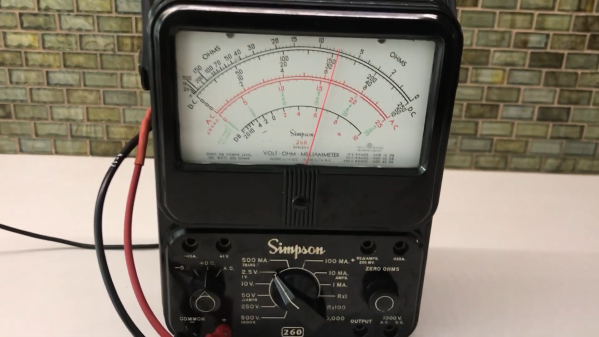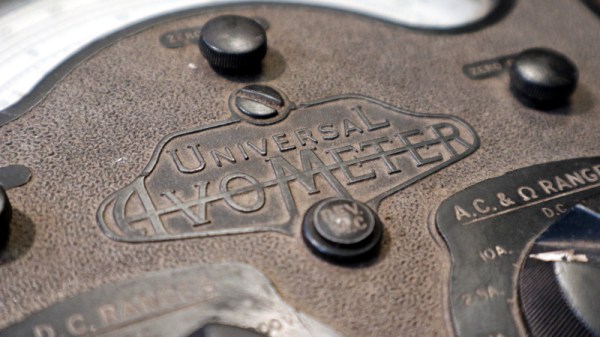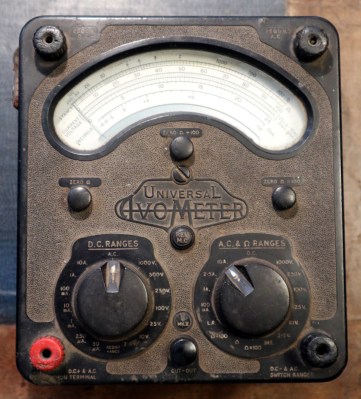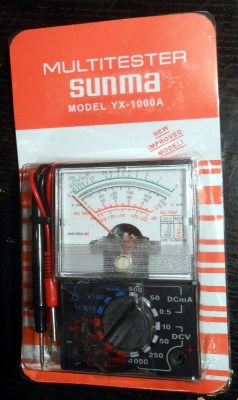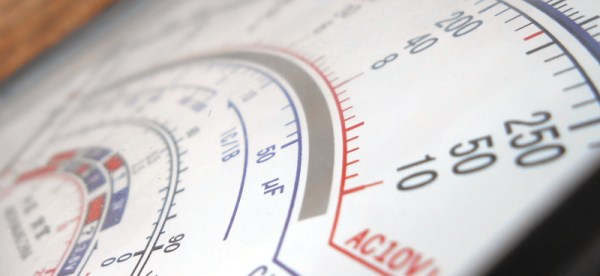[Agatha] sent us this stunning multimeter she built as a gift for her mom. Dubbed the Mohmmeter — a playful nod to its ohmmeter function and her mom — this project combines technical ingenuity with heartfelt craftsmanship.

At its core, a Raspberry Pi Pico microcontroller reads the selector knob, controls relays, and lights up LEDs on the front panel to show the meter’s active range. The Mohmmeter offers two main measurement modes, each with two sub-ranges for greater precision across a wide spectrum.
She also included circuitry protections against reverse polarity and over-voltage, ensuring durability. There was also a great deal of effort put into ensuring it was accurate, as the device was put though its paces using a calibrated meter as reference to ensure the final product was as useful as it was beautiful.
The enclosure is a work of art, crafted from colorful wooden panels meticulously jointed together. Stamped brass plates label the meter’s ranges and functions, adding a steampunk flair. This thoughtful design reflects her dedication to creating something truly special.
Want to build a meter for mom, but she’s more of the goth type? The blacked-out Hydameter might be more here style.


